3 Ways to Prevent Flooding
Floods can cause major destruction and devastation to both people and property. There has been a raw history of American flooding from many different types of scenarios. I wanted to touch on how to be prepared for a flood, but I also want to talk about 3 ways to prevent flooding. If we can do some of these flood prevention tips now, it could save us a lot of time in the future. Floodwaters can come from heavy rainfall, water runoff in the spring, or snow storms during winter months. Flooded homes can also come from broken pipes, cluttered rain gutters from leaves, and sewer backups. It’s important to take steps to prevent flooding from happening.
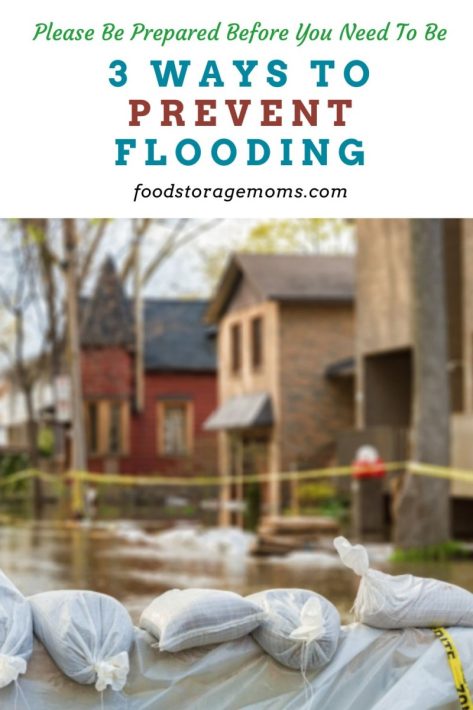
Here are 3 ways to prevent flooding:
1. Manage Water Levels Through Retention Basins
Retention basins, also known as stormwater management wetlands, have been proven effective in trapping excess water before it reaches areas that are prone to flooding. These basins provide an area for the excess water to slowly leak out of and reduce the risk of flood damage.
They also help reduce soil erosion, which can lead to more severe floods if not addressed. When the heavy rains come, the retention basins help way more than storm drains ever could! Creative Water Storage Solutions for Emergencies
2. Construct Higher Ground Structures
Higher ground structures such as levees, dams, and flood walls are often used in areas with a high risk of flooding as a form of protection from the high waters associated with floods.
Levees act as boundaries that keep rivers or streams in their place while flood walls serve as a barrier between large bodies of water and streets or buildings.
Dams can be used in much the same way, but they must be monitored by professionals due to their potential for failure during times of heavy flooding. How to Build an Underground Shelter in the Woods
3. Improve Land Usage Practices
Land usage practices can also play a role in preventing flooding when done responsibly and thoughtfully. Keeping green spaces open allows more areas for water absorption rather than running off into roads or other populated areas. This is often referred to as green infrastructure.
Other land use practices include planting trees near waterways that act like sponges absorbing excess rainwater before it has a chance to reach populated areas or create dangerous floods downstream.
Utilizing permeable pavement which is designed with tiny holes that allow rainwater through while simultaneously catching pollutants before they enter nearby waterways. And creating rooftop gardens on commercial buildings which store rainfall where plants can absorb it naturally without putting additional strain on urban drainage systems.
By implementing these three strategies, we can help protect ourselves from the possibly destructive effects of flooding caused by natural disasters or excessive human activity. These activities include overdevelopment or deforestation activities near rivers and streams that increase the vulnerability against flash floods during heavy rainfalls.
How to be Prepared for a Flood
Preparing for a flood is important in order to protect yourself, your family, and your property from potential damage. The challenge is most of the steps mentioned aren’t the kind of things the typical homeowner can implement, even if they wanted to.
Now that we’ve gone over the 3 ways to prevent flooding, here are some steps you can take to be prepared for a flood:
Create an Emergency Plan
Create an emergency plan that outlines the steps you will take in case flooding occurs. Make sure to include evacuation plans and instructions for your family or fellow workers on what to do with specific items such as pets or valuable belongings during a flood.
It’s also important to practice the plan regularly with your family and coworkers so everyone knows what to expect in the event of a flood.
Hopefully, you have downloaded my FREE binder contents with instructions for making an emergency binder. Food Storage Moms FREE Printable Emergency Binder Download Please be patient, it takes a few seconds to download.
Check Your Home’s Flood Risk
Find out if your home is at risk of flooding by contacting local officials or researching online resources like FEMA’s National Flood Insurance Program which provides maps and data regarding potential floods in certain areas. Having a flood risk assessment performed can provide some comfort in knowing what to expect when extra water from various sources comes into play. If you live in a known floodplain, there should already be information available for sources to use in their assessment.
This will help you better prepare by understanding the likelihood of a flood occurring and how much damage it could potentially cause so you can make decisions on prevention measures such as installing sump pumps, having sand for sandbags or installing other protective equipment or diversion channels around your home if needed. Flooding: Everything You Need to Know
Prepare Your Home for Flooding
Take steps to protect your home from possible floods, such as checking that gutters are properly installed and functioning correctly. Make sure downspouts lead away from your foundation, so water doesn’t seep into basement walls. Look for and seal any foundation cracks.
Purchasing waterproof sealant for windows and doors when possible, elevating major appliances and valuables off of the floor and in case of water reaching higher ground in your single-level home. Do the same preventive steps if you live in a home with a basement.
Building up soil along the foundation walls on the outside of the house to act as an extra barrier against rising waters may be a change in landscape option. Make sure all exterior sewer systems are clear of debris, which can prevent normal draining during times of heavy rain or snowmelt runoffs.
Check all locations where utilities connect and enter your home to make sure those are properly sealed. Keeping your home’s drywall and carpets dry is critical since it is an important step in the mitigation of possible mold growth from moisture.
Other Home Preparation Steps:
- Consider putting insulation on pipes running down exterior walls, particularly in bathrooms and your laundry if you live in a cold climate area.
- If you have any hint of a plumbing leak, have a professional plumber do the repairs necessary.
- Clear away vegetation close to home foundations, especially small trees and any bushes with thick roots. They may be an issue if infiltration takes place into the home through cracks you may not know are there.
- If you live next to reservoirs, ponds, or detention basins, monitor the water level and alert authorities if you see them get close to an overflow state. If water tanks are located close to and above your home’s location, keep an eye out for any damage or leakage observed. Again, notify the authorities if you have any concerns from recent activity that is new like ground sloughing off.
- Be sure to keep your homeowner’s insurance coverage current and updated to match market values in your area. If looking for a home to purchase, be aware that flood insurance can prove to be expensive. If locating near the ocean, consider the issue of rising sea levels and the effects climate change may be having on that area.
More Tips to Help With Flooding
Along with the 3 ways to prevent flooding and how to be prepared for flooding, here are some other tips to check out!
- Think twice about building close to coastal communities. Because of the location of coastal communities, structural damage is possible, even if the hurricane or storm doesn’t hit you directly. Hurricane Sandy is a good example.
- Check with the local government to make sure you’re not in a high-risk area for flooding. A flood-prone area doesn’t always mean a flood has happened there, it means there’s potential for significant damage in that area if it does flood.
- Flooding can occur when you least expect it. The type of flooding that happens includes rainfall, hurricanes, storm surges, rapidly melting snow, and flash flooding.
- Flood control is hard, which is why you need to make sure you pay attention to any advance warning that occurs. Get flood protection just in case any damage does occur to your home, you will be protected.
- Pay attention to flood levels, so you know how close you are to experiencing any damage. Your life is more important than anything else.
- Look at the flood map of your area, and know your evacuation zones and the flood risk management of where you live!
- Don’t be afraid of insurance claims if the time comes. Insurance companies like to play tough when it comes to payouts, but this is WHY you have insurance, so don’t be afraid to use it!
Final Word
These are just basic tips for emergency measures families should take when they’re dealing with flooding. Take a peek at your flood zone map, so you know exactly where you live and how to best build flood resilience. Remember that after a major flood occurs, the Federal Emergency Management Agency shows up to help survey the damage. However, it’s your job to know your level of risk for flood water and how it could impact your life. What are you doing to be prepared for a flood? Do you think these 3 ways to prevent flooding will actually work? May God Bless this world, Linda
Copyright Images: Flooding with Sandbags AdobeStock_150576867 By mbruxelle

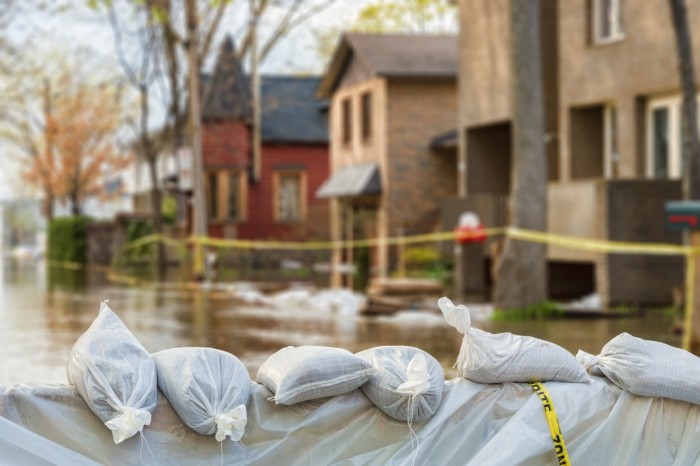

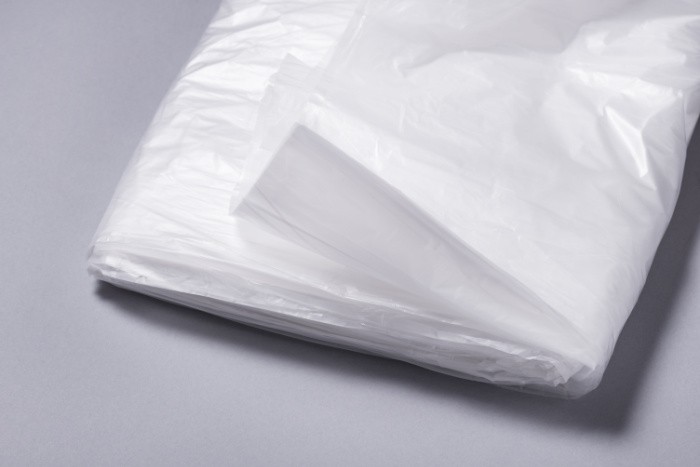

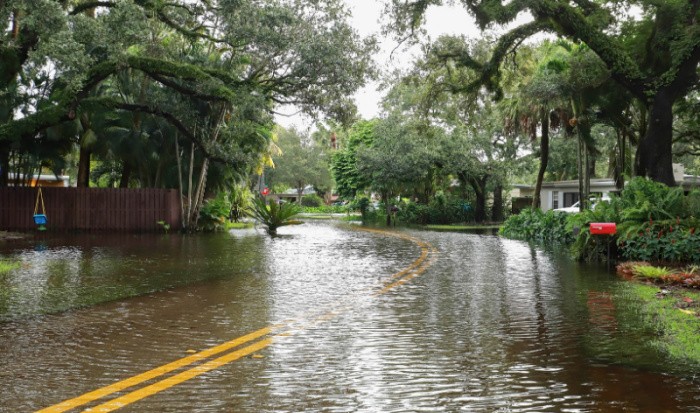
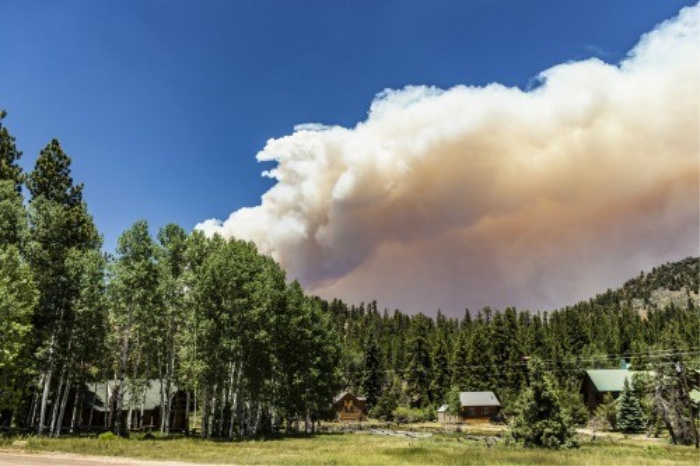

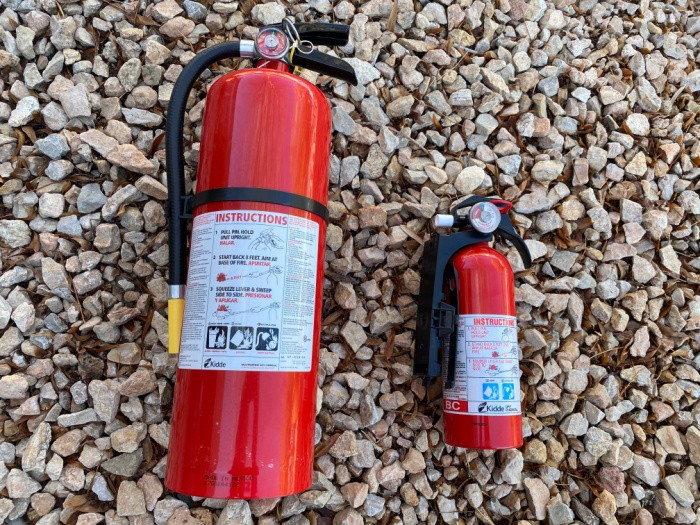













Good post, Linda, but piling up dirt against your walls will only keep water out if those walls are well waterproofed. Otherwise the water will still seep in and ruin things. INMO the best way to prevent flood damage is to build on higher ground and never build in a flood plain. That said, a sandbag barrier surrounding your house but out away from the walls can work. There was a farmer in Iowa who saved his home by doing that.
When I was a kid in Kansas we knew a family who built their home on the banks of the Walnut River near Augusta, KS. That river flooded every year and damaged their home, but did they move. No. They put a row boat upside down on their second story roof. I thought they were nuts, but I’ve known people who lost their homes three times to tornadoes and insisted on rebuilding in the exact same place. Some folks are incapable of learning from their mistakes.
Hi Ray, here in Utah were are expecting some floods from snow on the ground melting soon. Of course, it depends on the weather. I’ve been through a few really bad floods in northern Utah, the worst was in 1983. Many homes were washed down the hill, too many to count. The city was Farmington, Utah. After this disaster, the city built a water basin to collect water. In southern Utah, the rivers rose too quickly from rain and houses saturated the soil around the houses, and several houses slid off into the river. It was catastrophic, with no flood insurance. Most were not able to rebuild. Then a few years later we had a flood in our backyard where the rain would not stop. The houses were built to withstand a 100-year flood but not the two 500-year rainstorms that we had. One house had 4 feet of muddy water in it, the house was paid for and a beautiful home. They couldn’t get insurance on the house after the first 500-year storm. They couldn’t sell the house either. I have filled so many sandbags I couldn’t even tell you how many. There is no stopping Mother Nature. That row boat story, oh my gosh. I always make sure before I buy a house that it does not need flood insurance. Well, the rivers have changed directions. Linda
Linda,
So you are a flood magnet?
Hi Ray, LOL! I guess I am! We are going to have major floods this spring with all the snow around the different states. My son-in-law is in downtown Salt Lake City filling sandbags as I write this! We need the water but this is going to be another flood year. Linda
Good post for many folks, Linda,
However, we do not worry about flooding where we live. Here in the Texas Hill Country, our house is near the top of a hill over 200 feet higher than the surrounding terrain and the top of the nearby lake. If we get flooded, folks better have Noah’s ark or similar ready for use. LOL
Hi Harry, nothing would surprise me these days. I’m glad you thought to build 200 feet higher than the rest of the terrain. I’ve been watching the news and many families could use Noah’s Ark or a very large boat to get out of their California homes. Wow, what a year of snow and rain. Linda
In Florida, flooding is a major issue. They’re building everywhere!!!! So scary.
Hi Jess, the thing with flooding is sandbagging can only do so much. I sure hope people are prepared for the run off from floods this year. There will be many states that will flood. Stay safe, my sweet friend. Linda